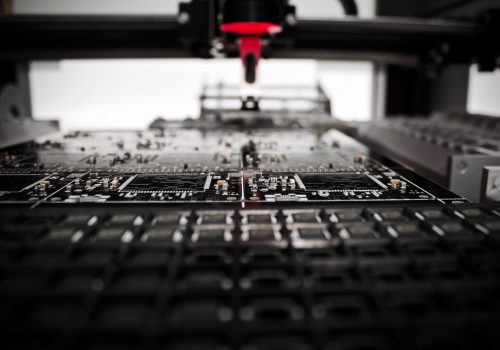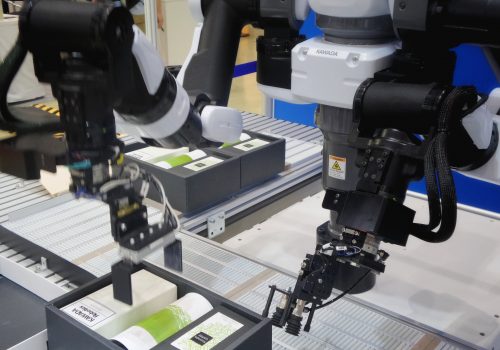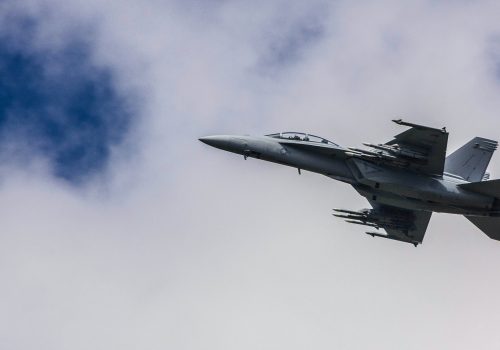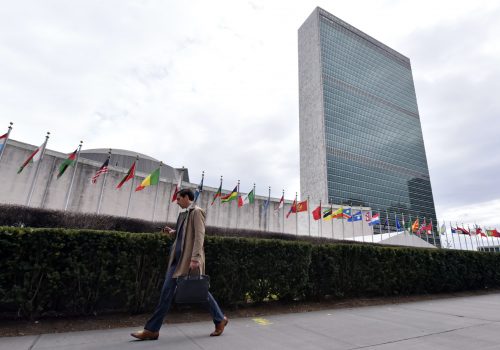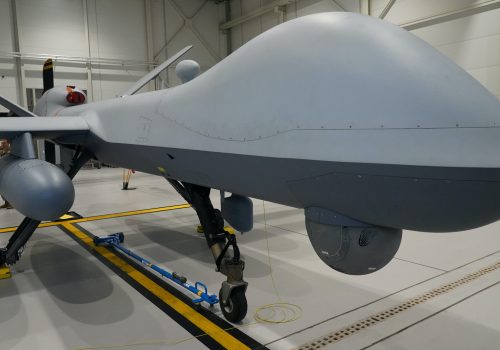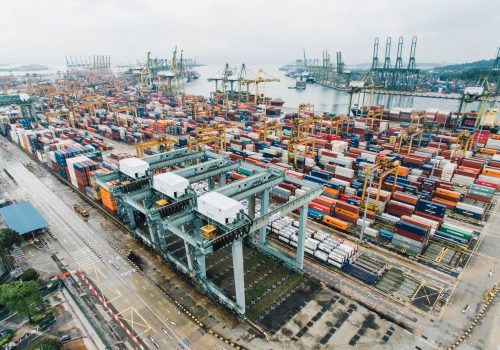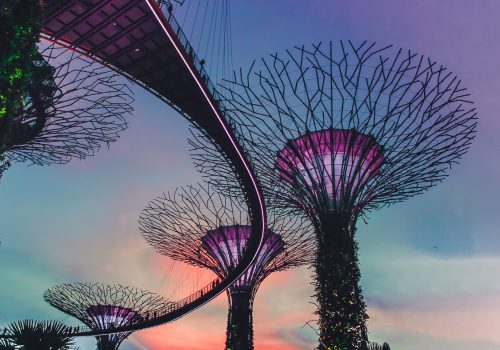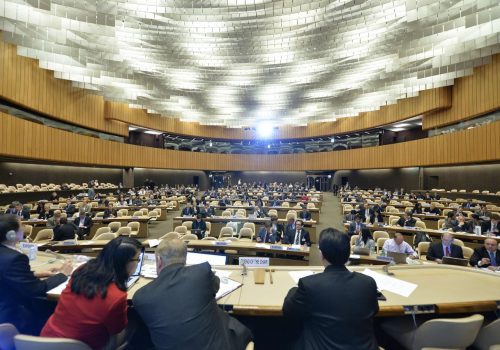Emerging technologies: new challenges to global stability
The world may be fast approaching the perfect storm, with the intersection of two major global trends. At a moment of historic transition, when the post-WWII and post-Cold War international order is eroding amid competing visions of world order and renewed geopolitical rivalries, the world is also in the early stages of an unprecedented technological transformation. It promises to be a period of exponential change, the second—and far more disruptive—chapter of the digital revolution that began with the Internet in the 1990s. Historically, technology usually races ahead of institutions, rules, and norms. The extraordinary magnitude of change at a time of global institutional fraying and disorder, however, portends a particularly dangerous gap in global governance impacting economies, societies, and the future of war.
Substantially more technology-driven change will take place during the coming two decades than in the first ICT (information and communications technology)-based revolution, with profound social, economic, and geopolitical ramifications. This new wave is a convergence of technologies, a digital synergy of artificial intelligence (AI), big data (the cloud), robotics, biotech/biosciences, three-dimensional (3D) printing, advanced manufacturing, new materials, fifth-generation (5G) powering the Internet of Things (IoT), nanoengineering and nanomanufacturing, and, over the horizon, quantum computing. It is a still thickening merger of the digital and physical economies (called “online-to-offline,” or O2O), transforming business models, transport, healthcare, finance, manufacturing, agriculture, warfare, and the very nature of work itself.
As a practical matter, as these technologies are deployed over the coming decades, they will bring about accelerating economic and geopolitical change beginning in the 2020s. For example, using AI powered by superfast 5G technology (up to one hundred times faster than the current 4G), the Internet of Things (IoT) will monitor and manage farms, factories, and smart cities. The increased productivity of ICT-connected sensors will warn of factory equipment needing maintenance; monitor energy use in buildings; give farmers real-time information on soil conditions; maintain and operate driverless vehicles; optimize energy-grid performance; and monitor remotely and diagnose individuals’ health, with gene editing, engineering the demise of malaria-carrying mosquitos, and perhaps erasing hereditary DNA to eliminate horrific diseases. In the national security realm, AI, 5G, and the IoT portend radical changes in missions from logistics and inventory management to surveillance and reconnaissance with air and undersea drones of all sizes and with autonomous capabilities.
The full text of the paper is split across the various articles linked below. Readers can browse in any order. To download a PDF version, use the button below.
About the author
Related reading
Image: Cover image: ThisisEngineering RAEng, Unsplash
